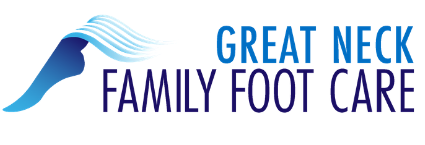03 Apr 5 of The Most Common Treatments For Heel Pain
Heel pain can come in all different forms from relatively minor to excruciating and is caused by a variety of factors, depending on the person, their age, and lifestyle. Pain in the heel could be caused from wearing poor footwear, a disease, or an injury among other things. When it comes to treatment for heel pain, it will first depend on the diagnosis. However, in this article, we will take a look at five of the most common treatments used to address heal pain and lead to faster, fuller recovery.
- Gentle Exercise And Stretches: Whether you have injured your foot during a sports game or are recovering from foot surgery, some physical rehabilitation is often a widely used method of helping the foot, particularly the heel, regain its strength and heal completely. After consulting with a podiatry specialist, you might either be able to do some stretches on your own at home or need to see a physical therapist for more extensive treatment. If you plan to do certain stretches on your own, it is important that you do said stretches on both feet. Even if only one heel is affected by the pain, you should stretch both feet in order to maintain even balance and strength.
- Footwear Alternatives: Sometimes that mysterious heel pain that you are experiencing is merely caused by poor footwear. If you wear high heels often or shoes that don’t fit well and rub against your heel, this could be causing a variety of uncomfortable and painful heel conditions. Have your heel examined by a podiatry specialist if you suspect this is the problem so that you are able to get the right diagnosis. In many cases, you might only need to change your footwear and your podiatry specialist will offer different recommendations. In other situations, you might need to wear a special medical shoe for a few days or weeks before moving on to conventional footwear.
- Splinting And Strapping: People with heel pain often find night splints to be quite helpful. A splint will position the toes downward to help the tissue inside of the heel pull together. While this is happening the night splint, which resembles a boot, also stretches the plantar fascia and the Achilles tendon, thus speeding up the recovery time. Strapping is another alternative which includes holding the heel in place with sports strapping tape in order to relieve pressure on the heel. Both splints and straps can be found at your local podiatry center and a medical specialist will be able to show you how to wear them.
- Corticosteriod Injections: If you have tried multiple forms of treatment for your injured heel and none of them have seemed to help, your podiatry specialist may recommend corticosteriod injections. This injections help dramatically reduce the inflammation in your injured heel. However, your podiatry specialist will most likely not do any more than three injections in one year because over use of corticosteriod could lead to higher blood pressure and weight gain.
- Surgery: Contrary to what most people think, surgery for heel pain or injury is not often necessary. If heel pain is due to a severe injury, then emergency surgery might be needed. However, in less serious cases of heel pain, other treatments will be used first before surgery is considered. Usually, only professional athletes with burdening heel pain that is chronic and affecting their performance will turn to surgery.
Looking for other common forms of heel pain? Or are you experiencing heel pain yourself and in need of medical attention? Don’t hesitate to contact us for more information or to schedule an appointment.





Sorry, the comment form is closed at this time.